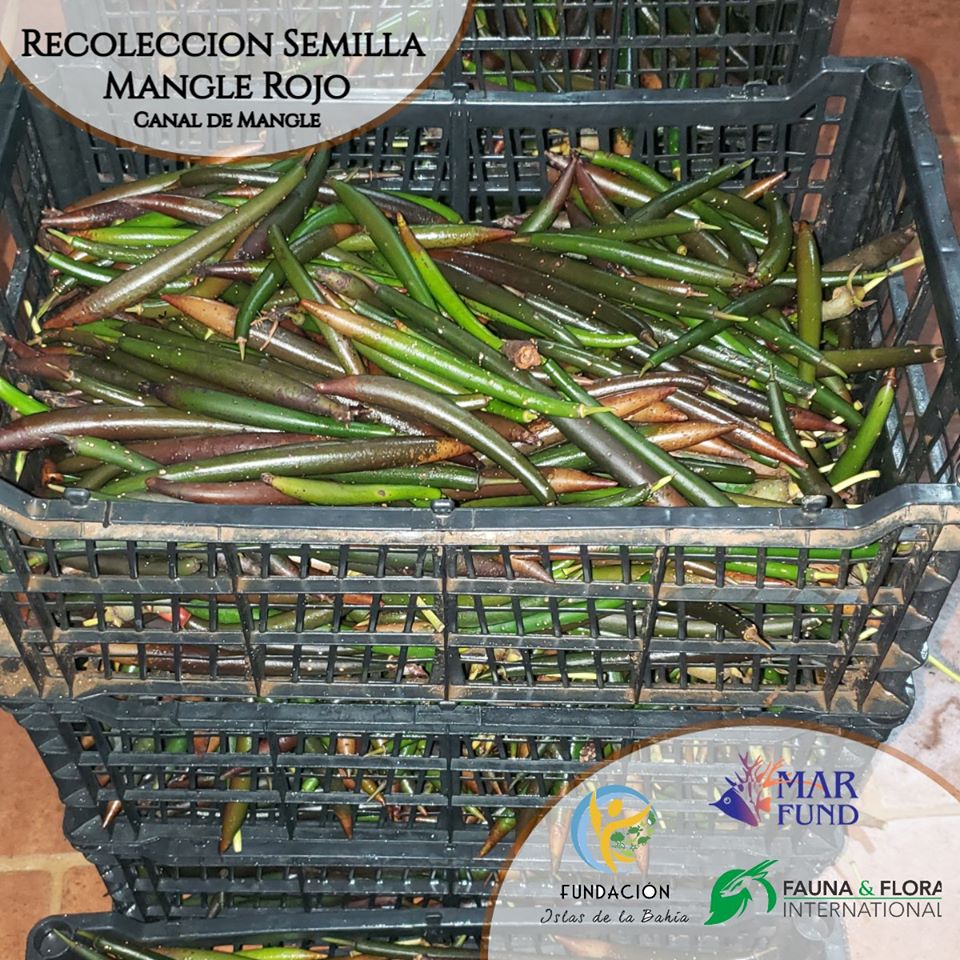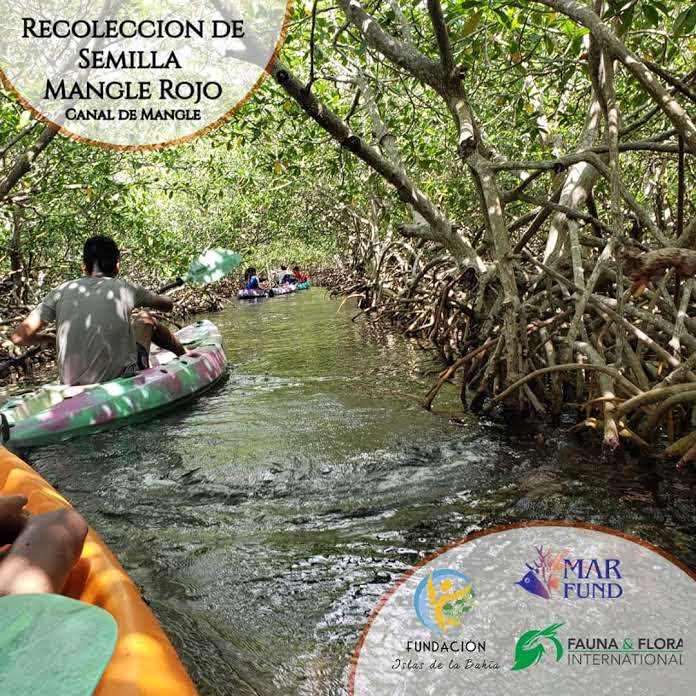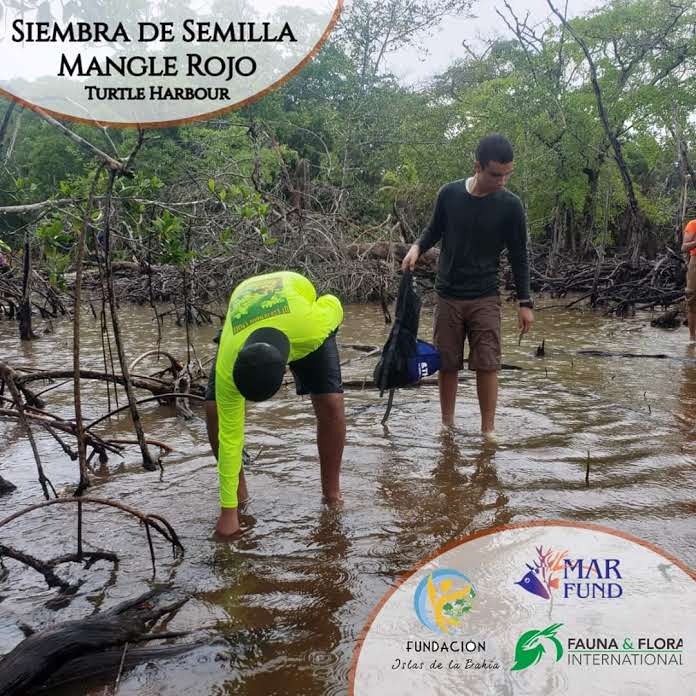Utila is the third largest island in Honduras that consists of two-thirds of plains, occupied by wetlands, where swamps and mangroves dominate. These wetlands are particularly interesting for their highly diversified mosaic organization and original plant associations. (Bak & Claude, 2002). With the exception of its eastern, volcanic, and narrow sandy or rocky strip, on the island of Utila (4,219.7 ha) the sensu stricto mangroves represent about 1,566 ha for a total of 2990 ha of maritime marshes. (Legibre, 2001).
In addition to all the benefits that mangroves provide to coastal areas, in Utila in particular, it represents a factor of decreasing vulnerability to climate phenomena that occur every year in the region, such as hurricanes and storms tropical, as it acts as a protective barrier against these events. It is also necessary to indicate that the conservation of mangrove areas in Utila is of paramount importance, by the fact of the existence of endemic species, such as reptiles such as the Iguana of Utila Ctenosaura bakeri, birds such as the chachalaca Ortalis vetula, and possibly also fish.

However, the mangroves around the city of Utila have suffered an impact, due to the growth of tourism that is mainly causing the urban expansion that occurs on the island. Given these impacts, Bahia Islands Foundation has done hard work for two days together with a group of young people called Eco-leaders of Utila, in which they have collected 2,500 red mangrove seedlings during a tour of the mangrove canal and then go to the task of plant each at the Turtle Harbour Wildlife Refuge. The planting of these seedlings was by direct planting, a new and viable way so that they cannot be lost. This is a form implemented in Guatemala and that was made as an alternative to other options that have failed in previous years.


